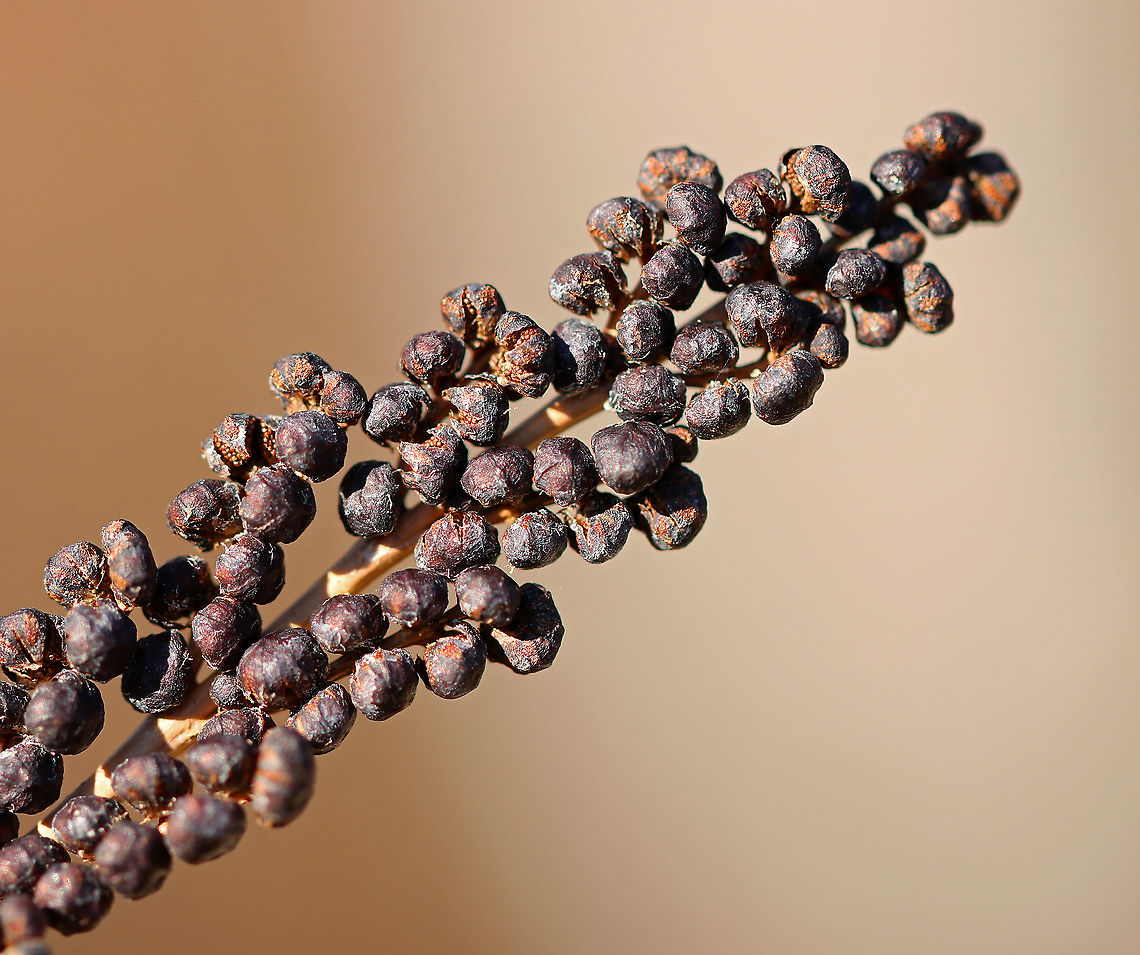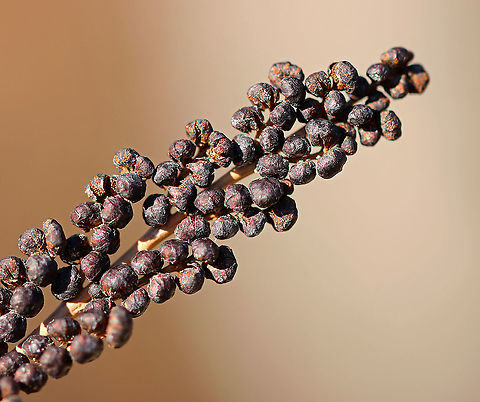 Promoted
Promoted
Sensitive Fern - Onoclea sensibilis
Spores are produced on erect, fertile fronds, which are green in the summer and then turn brown in the autumn. The fertile fronds persist throughout the winter, releasing their spores to the wind the following spring before any new leaves form.
Commonly called sensitive fern because the green vegetative fronds are sensitive to and suffer almost immediate damage from the first fall frost.
Habitat: Found growing near a pond in a rocky, deciduous forest

''Onoclea sensibilis'', the sensitive fern, also known as the bead fern, is a coarse-textured, medium to large-sized deciduous perennial fern. The name comes from the observation by early American settlers that it was very sensitive to frost, the fronds dying quickly when first touched by it. It is sometimes treated as the only species in ''Onoclea'', but some authors do not consider the genus monotypic.

comments (2)